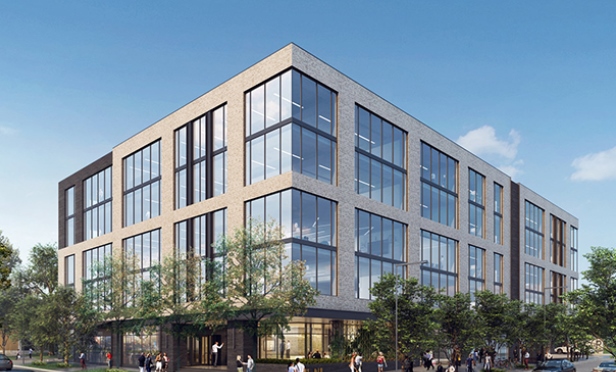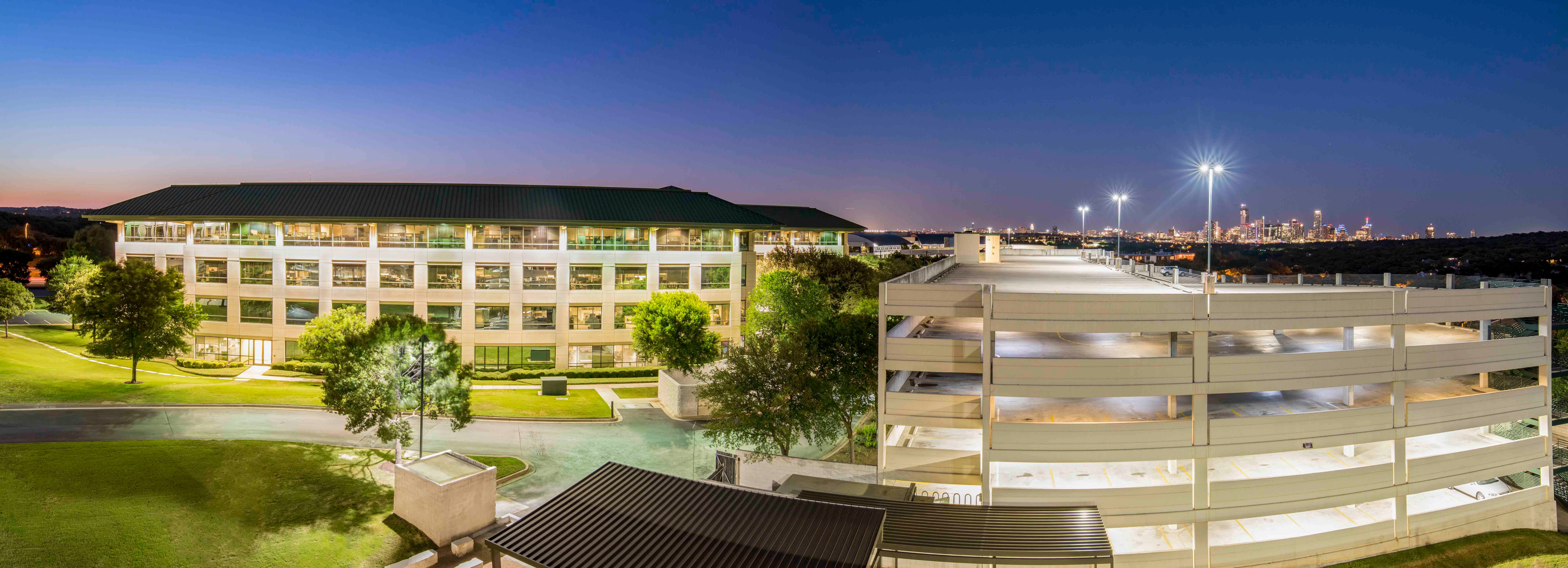 701 Rio is a 120,000-square-foot class-A office building with four levels of office space.
701 Rio is a 120,000-square-foot class-A office building with four levels of office space.
AUSTIN, TX—As the new year began, so did the construction on 701 Rio, a 120,000-square-foot class-A office building. The property will contain five stories of subterranean parking, 12,000 square feet of office and/or retail space on the ground level and four upper levels of office space.
The building will have office floorplates approaching 28,000 square feet in addition to amenities such as a 4,300-square-foot rooftop terrace with downtown views, a fitness center with lockers and showers, and secure bike and scooter storage space. Situated at the western periphery of Austin's CBD, this property will have transit and walking access to restaurants, bars and businesses. Austin's flagship Whole Foods Market is just a short walk southwest of the 701 Rio site.
Jason Berkowitz and Diana Zuniga are developing the office building under the name B&Z Development, a company formed in 2007, with a focus on acquisitions and repositions of core commercial real estate properties in the Central Texas area. Although Berkowitz and Zuniga are long-time real estate investors and developers in Austin with more than 40 years of combined real estate investing experience, 701 Rio is the team's first ground-up office development.
Berkowitz is the founder and president of Roscoe Property Management, the third-largest multifamily management company in Texas, and Zuniga is the owner and president of Investors Alliance Inc., a real estate firm she founded in 1996 that specializes in investment property sales and acquisitions. Zuniga was a development partner of the 400-foot 42-story Spring condominium tower on Bowie Street in downtown Austin.
CBRE secured $72 million in loan and equity capital for the development of the spec office building. Mike Landon and Griffin Papaila with CBRE's debt and structured finance team in Dallas originated the loan on behalf of the sponsor, B&Z Investments. The loan is funded by Bank of Texas and BancFirst, providing an interest-only construction period of 24 months with available extension options. Barings is B&Z Investments' equity partner on behalf of institutional investors.
"701 Rio's location at the western edge of the Austin CBD market boundary provides the advantages of an urban core setting as well as ease of access to and from primary traffic arterials and surrounding housing concentrations," Landon tells GlobeSt.com. "B&Z development and team have carefully designed a uniquely contemporary building suited to meet Austin's quality of life requirements for corporate users and visitors alike."
The co-developer and general contractor, Hensel Phelps Development and Hensel Phelps Construction Co. respectively, have constructed more than 1.6 million square feet of US office projects with a strong presence in the Austin market for more than 40 years. The architect is Austin-based design firm BGK Architects.
The Austin office market grew by leaps and bounds in 2019, expanding from 51.5 million square feet of product in first quarter to 54.6 million square feet in fourth quarter. The final year of the last decade saw a record influx of delivered construction to the Austin office market, namely 12 new projects delivered in fourth quarter totaled 1.03 million square feet, bringing the yearly total to 3.1 million square feet, according to a report by CBRE.
While absorption fell flat in fourth quarter 2019, the annual absorption of 2.1 million square feet was a mere 7,000 square feet shy of setting a new record. In a rare instance for the Austin office market, the citywide full-service gross asking rate remained $38.89 per square foot, carrying over from third quarter 2019.
Vacancy increased 80 basis points from 9.9% in third quarter 2019 to 10.7% in fourth quarter 2019. This movement was driven by both flight to quality from older product types and the delivery of 12 new buildings that were 72% preleased, says the CBRE report.
© Touchpoint Markets, All Rights Reserved. Request academic re-use from www.copyright.com. All other uses, submit a request to [email protected]. For more inforrmation visit Asset & Logo Licensing.







